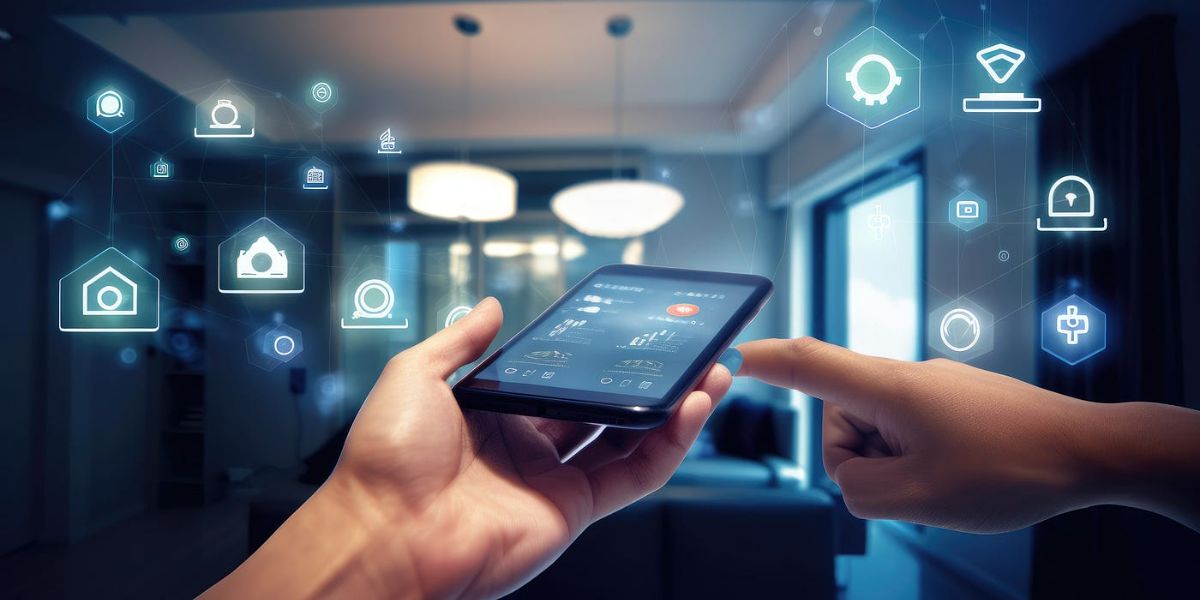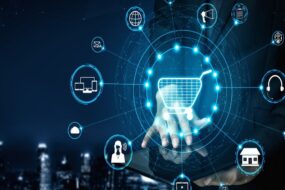
The evolution of technology has ushered in an era of Smart Living 2.0, where the Internet of Things (IoT) intertwines seamlessly with our daily lives. In this comprehensive exploration, we delve into the intricacies of connected homes, unraveling the threads that weave our living spaces into intelligent, responsive environments.
Understanding Smart Living 2.0
In the ever-changing landscape of technology, Smart Living 2.0 stands as a testament to the integration of IoT into our homes. This paradigm shift encompasses a myriad of interconnected devices and systems that communicate to enhance convenience, efficiency, and security.
The Rise of IoT and Connected Homes
The proliferation of IoT devices has propelled connected homes into the mainstream. From smart thermostats to security cameras, our homes are becoming hubs of interconnected devices designed to simplify and enhance our daily routines.
Key Components of a Connected Home
In a connected home, various devices collaborate to create a harmonious living space. These include smart appliances, lighting, security systems, and even health monitoring devices. The synergy between these components redefines how we interact with our surroundings.
The Impact on Energy Efficiency
One notable benefit of Smart Living 2.0 is the heightened focus on energy efficiency. Smart thermostats optimize heating and cooling, and intelligent lighting systems adjust based on occupancy, contributing to a more sustainable and eco-friendly lifestyle.
Security in the Connected Home Ecosystem
As our homes become smarter, security is a paramount concern. Advanced encryption, biometric authentication, and real-time monitoring systems are integral components, ensuring the safety and privacy of residents.
Challenges and Solutions in Smart Living
Despite the evident advantages, challenges such as interoperability and data privacy loom. Innovations addressing these concerns, like standardized communication protocols and decentralized data storage, are emerging to fortify the foundation of Smart Living 2.0.
The Future Landscape: AI and Machine Learning Integration
The next frontier in Smart Living involves the infusion of artificial intelligence (AI) and machine learning. These technologies adapt to user behavior, creating a personalized and intuitive living experience.
Connected Health: Revolutionizing Healthcare at Home
Smart Living extends beyond convenience to impact health. IoT devices that monitor vital signs, dispense medication reminders, and facilitate virtual consultations are transforming homes into decentralized healthcare hubs.
The Role of 5G in Smart Living
The imminent rollout of 5G networks amplifies the potential of Smart Living by ensuring faster and more reliable connectivity. This leap in communication technology will catalyze the proliferation of IoT devices, creating a more interconnected and responsive living environment.
Smart Living 2.0 and Sustainability
A crucial aspect of Smart Living is its contribution to sustainability. From energy-efficient practices to reduced carbon footprints, connected homes play a pivotal role in shaping a more environmentally conscious future.
Final Words
As we journey through the realms of Smart Living 2.0, the convergence of technology and daily life unfolds with unparalleled potential. The future promises a landscape where our homes not only respond to our needs but also contribute to a more sustainable, secure, and connected world.
Commonly Asked Questions
1. How secure are connected homes from cyber threats?
Connected homes employ advanced encryption and authentication protocols, significantly reducing the risk of cyber threats. Regular software updates and secure network configurations further fortify the security posture.
2. Can Smart Living 2.0 be retrofitted into existing homes?
Yes, many IoT devices are designed to be compatible with existing infrastructure. Retrofitting allows homeowners to gradually integrate smart technologies into their homes without extensive renovations.
3. What role does AI play in personalizing the Smart Living experience?
AI analyzes user behavior patterns to anticipate preferences, automating various aspects of daily life. From adjusting room temperatures to suggesting entertainment preferences, AI enhances personalization in Smart Living.
4. Are there privacy concerns with the data collected by connected devices?
Manufacturers are increasingly adopting privacy-centric practices. Users can control and monitor data-sharing settings, and regulations are evolving to ensure transparent data handling practices in the IoT ecosystem.
5. How does 5G enhance Smart Living experiences?
5G networks provide faster and more reliable communication between connected devices. This results in quicker response times, reduced latency, and the ability to support a higher density of devices, amplifying the overall Smart Living experience.
Advertisement







